The Impact of SVB’s Collapse on Disruptive Innovation
 Telos Wealth Management Posted on
Telos Wealth Management Posted on  Friday, March 17, 2023 at 9:39AM
Friday, March 17, 2023 at 9:39AM If there is one common theme to the vast range of the world’s financial crises, it is that excessive debt accumulation, whether by the government, banks, corporations, or consumers, often poses greater systemic risks than it seems during a boom.
— Carmen Reinhart, Professor of the International Financial System at Harvard Kennedy School
Disruptive Innovation
Disruptive Innovation, as an investment theme, describes the investment opportunity presented when the introduction of an innovative product or service transforms an industry, upsets existing structures, creates greater efficiency, and makes sophisticated products and services accessible, and often more affordable, to a broader market.
Amazon (AMZN) is widely recognized example of disruptive innovation. In its first incarnation, AMZN disrupted book selling, then online retailing, then video and music content delivery, then grocery delivery, etc. As it innovated and grew its services, it created greater buying efficiency, lower costs for consumers, and ultimately greater demand for everything it offers to sell us, much of which we didn’t even know we needed! The business of AMZN, and of every disruptive innovator, is very capital intensive. If not for the capital provided through bank lending, and investor’s willingness to buy the stock and bonds of these companies, there would be much less, if any, disruptive innovation, and much less, if any, growth of investment capital.
Silicon Valley Bank Collapse
Over the last year, rapidly increasing interest rates drastically reduced the value of all existing bonds, including US Treasuries (bond values generally decrease as interest rates increase). Most banks invest their excess capital in Treasuries. Silicon Valley Bank (SVB) was especially vulnerable because of its non-diversified customer base. Most of SVB’s customers were venture capital firms and startup companies, especially in the technology sector, which are extremely capital intensive and unprofitable. According to Bloomberg News, almost 50% of all US startup companies backed by venture capital banked with SVB, in addition to 44% of US venture-backed technology and healthcare companies that went public last year.[i] (think: Disruptive Innovators).
Rapidly increasing interest rates made it more difficult for SVB to find profitable lending opportunities in these sectors (this is one of the main reasons the tech-heavy NASDAQ dropped over 30% in 2022). With fewer profitable lending opportunities, SVB invested most of its deposits in longer-term Treasuries to achieve higher yields. While Treasuries are considered “risk-free” if held to maturity, their market value still declines when interest rates rise. As SVB’s depositors began to withdraw their money, SVB was forced to sell Treasuries to meet depositor demand, resulting in $1.8 billion loss on its Treasury bond portfolio. Unable to absorb further losses by selling Treasury bonds, SVB unsuccessfully attempted to raise capital through the issuance of additional shares of common stock and convertible preferred stock.
Interpreting SVB’s inability to raise capital as a reflection of its financial weakness, depositors withdrew $42 billion in a single day.[ii] This resulted in shares of SVB Financial Group, SVB’s holding company, declining 67% through Friday of last week, before trading was halted and bank regulators seized control of the bank.
The End of Disruptive Innovation?
After a disastrous 2022 (largely due to the rapid increase in interest rates), our Disruptive Innovation strategy has been one of our best performing strategies in 2023, despite the stock market chaos created by SVB’s, and other bank failures. While we still very much believe in this investment theme long-term, we believe that caution is warranted due the failure of SVB, the likelihood of even higher rates this year, and the possibility there could be more failure among banks, especially those who specialize in financing the companies in this sector. For now, we are taking profits and redirecting the assets in our Disruptive Innovation strategy into our equally opportunistic, but much more diversified, Aggressive Unconstrained strategy.
Like the Disruptive Innovation strategy, the Aggressive Unconstrained strategy employs the Market Environment Indicator (MEI) to tactically increase and decrease risk. As I mentioned in my 3/15 letter, the MEI is currently negative. As a result, all our tactical strategies, including the Aggressive Unconstrained strategy, remain in a defensive posture with reduced market exposure and an overweight cash allocation.
If you have any questions about bank failures and the possible impact on disruptive innovation companies, our Aggressive Unconstrained strategy, or any questions about your portfolio and the markets in general, please do not hesitate to contact me.
Thank you for giving us the privilege of serving your wealth management needs—it is a stewardship we approach with the greatest seriousness, care, diligence, and fidelity.
[i] https://www.bloomberg.com/news/articles/2023-03-13/svb-bank-failure-exposes-tech-s-venture-capitalists-to-huge-financial-risk
[ii] For comparison, Washington Mutual faced only $17 billon in withdrawals over two weeks in 2008.

